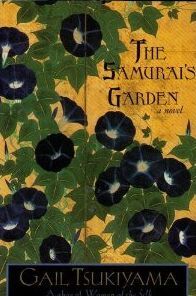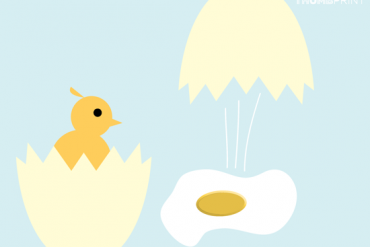Article in brief: A review of “The Samurai’s Garden” by Gail Tsukiyama.

“When I first arrived at Tarumi, I wondered how Matsu could spend so much time in the garden. But the more time I spend here, the easier it is to see there’s something very seductive about what Matsu has created.” – Gail Tsukiyama
Back in 2003 I was introduced to Gail Tsukiyama’s “The Samurai’s Garden”, which was published in 1996. It is one of those books that I may have never considered picking up in a bookstore, and I have to admit, I’m glad this novel was used as a textbook in my Asian American literature course. This novel is still considered as Tsukiyama’s finest work.
The book starts with Stephen, a twenty-year-old Chinese young man, who travels to Japan in 1939 to recover from tuberculosis. He meets Matsu, the caretaker of the summer house owned by Stephen’s grandparents in a rural Japanese village near the sea. Matsu is first shown as timid and reserved. He approaches life through honour and hard work, but throughout the novel he forms a father-son relationship with Stephen. The book is slow paced, but it succeeds immensely in being hypnotic and intriguing. Tsukiyama’s writing style is plain and simple, yet suitable for a 20 years old narrator.
Loyalty and devotion are some of the themes represented by the extensive descriptions of the Japanese gardens throughout the novel, in order to show the readers how influential they are on the Japanese culture. Gardens are tended to with so much love, hard work, and extreme care. They are a way to heal the human body and soul from illness. It is true that Stephen suffers through his illness; however his suffering doesn’t strike the readers as torturous or impossible to endure.
Even though Stephen was the main character, I think Tsukiyama decided to make overcoming loneliness and suffering tangible emotions in the book. Not through Stephen, but through Sachi, a leper who has been banished from the village when she was younger. It is Sachi that had to deal with the most amount of torture in comparison to the rest of characters. She had to go through exile because of the disease she caught. She endured the loss of her best friend, who preferred killing herself over living the rest of her life as a leper. Even her fiancé and family rejected her, due to her failure in taking her life, which brought them shame and dishonour. At one point, Sachi’s ability to overcome her suffering might seem like a superpower, but I think it’s the author’s way of showing her readers that beauty exists in everything. This is symbolized through the scarred left side of Sachi’s face while the right side of it is unblemished and extremely beautiful. It is a representation of how imperfections are what make the bigger picture whole.
I give the book a rating of 3.5 out of 5, and that’s because of how tranquil the writing seems and how strong the themes of loyalty and honour are in the book. I would’ve given it a higher score, if it wasn’t a slow read.




great article, thanks
My partner and I stumbled over here from a different page and thgought I might check things out. I like what I see soo now i am following you. Look forward to finding oout about your weeb page yet again.